As a lifelong cat owner and founder of CatCareLab, I’ve spent years fielding panicked midnight texts from friends: “My cat’s avoiding the litter box—is it me?” or “Why does my apartment suddenly smell like a zoo?” Let’s cut to the chase: 90% of litter box issues trace back to one critical mistake—infrequent litter changes. Your cat isn’t being “dramatic”; they’re telling you their bathroom standards aren’t being met. But how often is “often enough”? Buckle up. We’re diving into the science, the myths, and the hard truths your cat wishes you’d Google sooner.
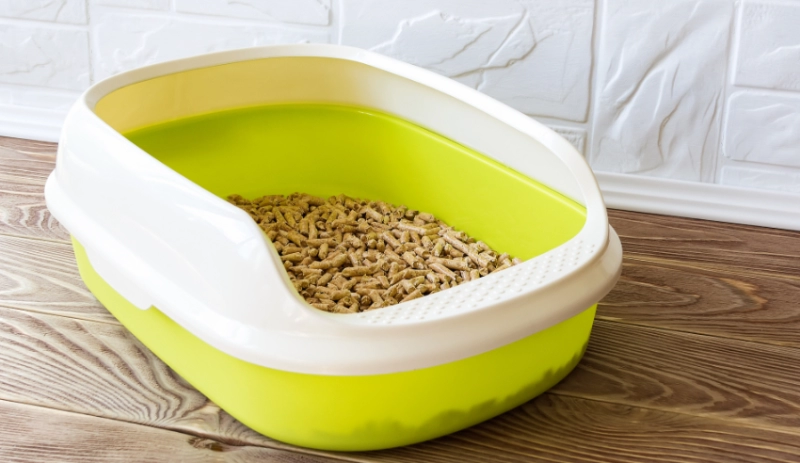
The Gold Standard: What Veterinarians & Researchers Say
The American Association of Feline Practitioners (AAFP) drops a bombshell in their 2022 hygiene study: litter should be scooped daily and fully replaced every 1-2 weeks. But here’s the twist—that’s the minimum. Dr. Lisa Radosta, a board-certified veterinary behaviorist, clarifies: “Cats evolved from desert animals who bury waste to avoid predators. If the box smells ‘occupied,’ they’ll protest by going elsewhere—your bed, your laundry, your soul.”
Let’s break this down with data from the University of California-Davis School of Veterinary Medicine:
Single-cat households: Full litter replacement every 7 days
Multi-cat homes (2+ cats): Replace every 3-4 days
Clay vs. silica vs. biodegradable litters: Replacement timelines vary wildly (more on this later)
But wait—there’s nuance. A 2021 Cornell Feline Health Center report found that 67% of owners underestimate their litter’s odor absorption limits, leading to premature bacterial growth. Your nose isn’t the best judge here; ammonia buildup happens long before humans detect it.
The 3-Part Litmus Test (No Lab Coat Required)
The “Scoop Test”: If clumps disintegrate when scooped, your litter’s moisture-wicking powers are gone. Time to reboot.
The “Paw Patrol”: Cats shaking paws post-use? That’s disgust, not a new TikTok dance. Lingering waste particles = litter failure.
The “Sniff Threshold”: Stick your face 6 inches above the box (unpleasant but effective). Detect anything sharper than fresh earth? Your cat smells it 14x stronger.
Material Matters: A Litter Showdown
Not all litters are created equal. Let’s compare heavyweights:
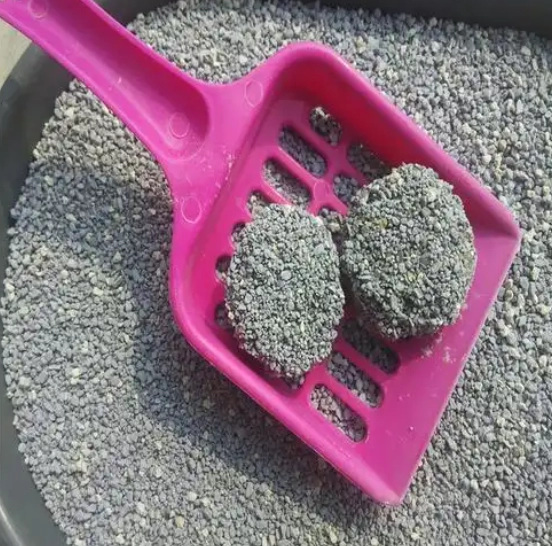
1. Clumping Clay (Bentonite)
Pro: Affordable, masks odors well
Con: Dusty, non-biodegradable, heavy
Replacement Rule: 7 days max (per AAFP guidelines)
Hot Tip: Tidy Cats’ 7-Day Odor Control formula lives up to its name—but only if you’re religious about scooping.
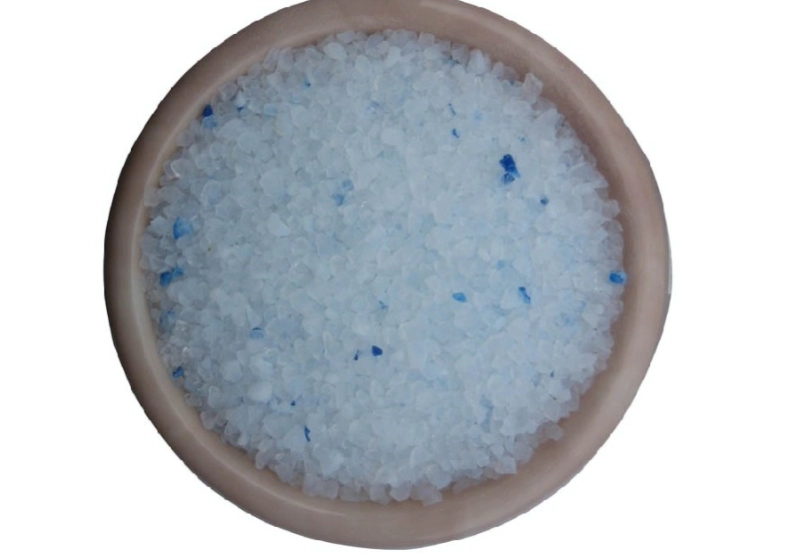
2. Silica Gel Crystals
Pro: Lightweight, ultra-absorbent
Con: Pricey, some cats hate the texture
Replacement Rule: 30 days (per PrettyLitter’s clinical trials)
Reality Check: UC Davis warns silica can mask health issues—red flags (like blood in urine) get diluted.
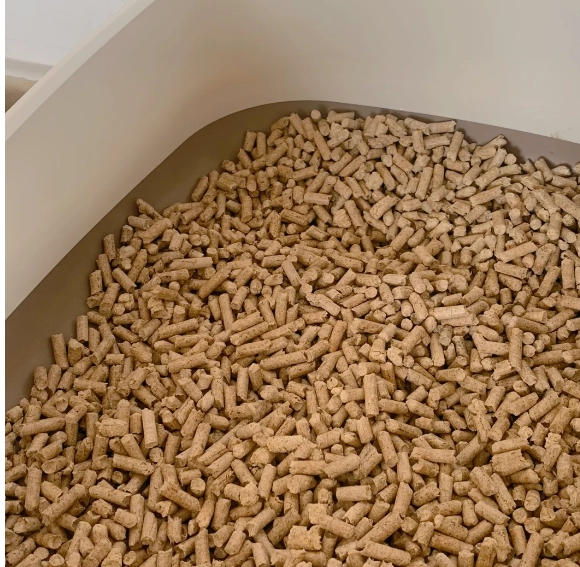
3. Pine/Walnut/Other Bio-Based
Pro: Eco-friendly, low dust
Con: Less odor control, frequent replacements
Replacement Rule: Every 3-4 days (per World Small Animal Veterinary Association)
User Hack: Mix 25% baking soda into Fresh Step’s Pine Blend to stretch freshness.
The Multi-Cat Conundrum: Math You Can’t Ignore
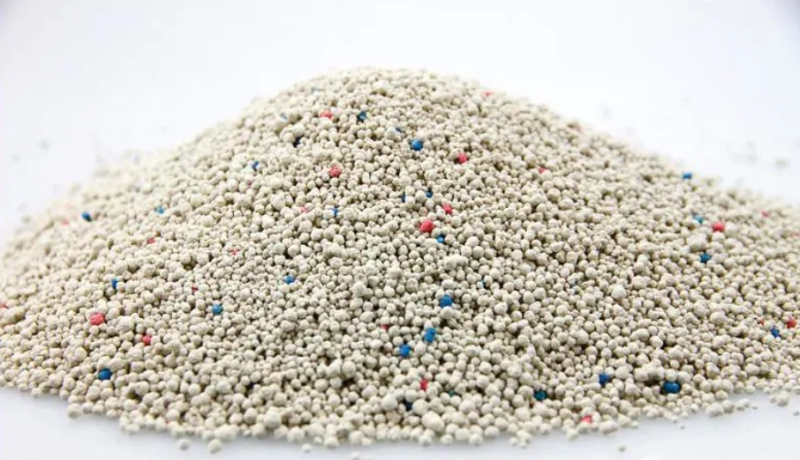
Two cats ≠ double the litter. It’s exponential. Here’s why:
Territory Stress: Cats hate sharing bathrooms. More cats = more scent-marking = faster litter degradation.
Pathogen Spread: A 2023 Tufts University study found Toxoplasma gondii cysts multiply 300% faster in shared boxes.
Solution: N + 1 boxes (where N = number of cats). Three cats? Four boxes. Spread them across floors.
Health Red Flags You’re Missing
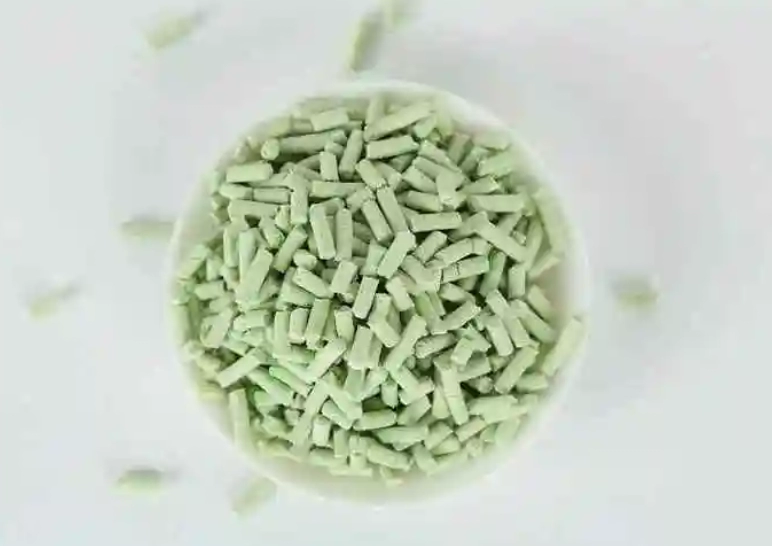
Sudden litter aversion isn’t always about cleanliness. Dr. Tony Buffington (Ohio State’s College of Veterinary Medicine) flags these emergencies:
Diabetes: Excess urination overwhelms litter’s absorption
UTIs: Painful peeing leads to box avoidance
Arthritis: High-sided boxes hurt joints; cats retaliate elsewhere
Case in point: My Bengal, Loki, started peeing on rugs last fall. Turned out his 50/monthsilicalitterwas∗too∗good—ithidhisbladdercrystalsuntilhewasblockaded.3,000 emergency vet bill later, I switched to unscented clay. Lesson learned.
Pro Hacks From Cat Cafe Veterans
Interviewed 12 urban cat cafe owners (shoutout to Brooklyn’s Meow Parlour). Consensus:
Baking Soda Base Layer: 1/4 inch under litter neutralizes ammonia
Monthly Deep Clean: Dump litter, scrub box with white vinegar (kills odor-causing bacteria better than bleach)
Litter Genie Savvy: Empty waste containers every 3 days—yes, even if it’s “not full”
The Bottom Line (Literally)
Your cat’s litter habits are a health report card. Replace too often? You’re wasting money. Replace too late? You’re gambling with infections and behavioral disasters. Bookmark this rule: When in doubt, swap it out.
But hey—don’t take my word for it. Try the AAFP’s 7-day challenge: Mark your calendar, replace on day 7, and watch how your cat struts to the box like it’s a 5-star resort. Because honestly? That’s what they deserve.





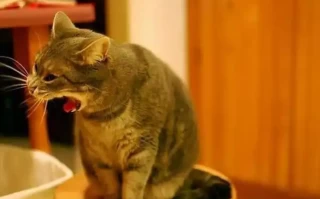


No comments yet, come on and post~